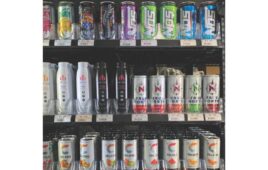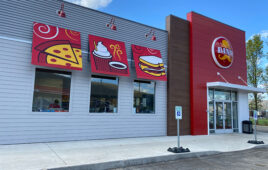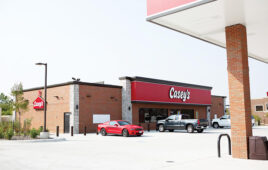|
Private Label Predicament
Private label categories are increasing across all product categories, including HBC. While consumers still want the brands they know and trust, in today’s economy many are looking for a more optimally priced equivalent. In the first aid category, private label sales are up 10% compared to last year, according to Nielsen for the 52 weeks ended Feb. 21, 2009. Private label sales of medications and cold remedies are up 15%, cough and cold remedies were up 19%, and pain remedies were up 6%. Private label is struggling in c-stores where popular brands tend to drive sales, down 3.3% compared to last year. In contrast, private label sales at Wal-Mart are up 10.8% and the drug channel is up 14.4%.
|
It’s no secret that supermarkets, drug stores and mass merchandisers drive the health and beauty (HBC) category. HBC products tend to be impulse items at c-stores. Unfortunately, consumers are making fewer impulse buys in today’s economy. Rather than spend the fuel and time running errands at multiple locations, consumers are making fewer trips and bundling errands into one excursion. C-stores can capitalize on this trend by adding to their HBC offerings and carrying the major brands consumers know.
Roger Leonard, general manager of Janesville, Wis.-based Lions Quick Marts Inc., said HBC accounts for 1.7% of inside sales at his five stores. Medicinal products and nutritional supplements, in large packages as well as single-serve portions, are driving those sales. “The HBC category experienced a very big upswing last year in the category of ephedrine-type products,” which are commonly used as a stimulant, appetite suppressant, concentration aid or decongestant, he said. Allergy products also saw increased demand.
Some retailers are offering HBC products in smaller-sized packages, which are selling well. Putting new products near the front end of the store also is crucial in securing that last minute impulse buy.
“Many times new items will come in a tub or a box display and, because they are seasonal, we try to get them up by the cash register,” said Phyllis Simpler, general buyer Medford, Ore.-based Minute Market, which operates 11 stores, plus two other stores—one she owns and another she operates—called OK Market and Country Store. “We are heavily invested in the single-serve/valet offering,” Simpler added. “Airborne has been very good for us because they come in two or four caps with a little cup to drink it with.”
New Products Growing
Low-frequency categories, such as HBC, provide opportunities for higher margins at retail. Some of the categories with long purchase cycles include men’s toiletries with 89 average days between purchases, woman’s fragrances with 88 days and feminine hygiene products with 68 days, according to Nielsen’s Homescan Channel Facts.
In 2008, 122,743 new SKUs were introduced, of which 24,469 (20%) were HBC items. These new SKUs in HBC generated $3.9 billion in sales last year across grocery, drug and mass merchandizing channels. Having an array of HBC products can encourage consumers to make c-stores their one-stop shop for their important products.




